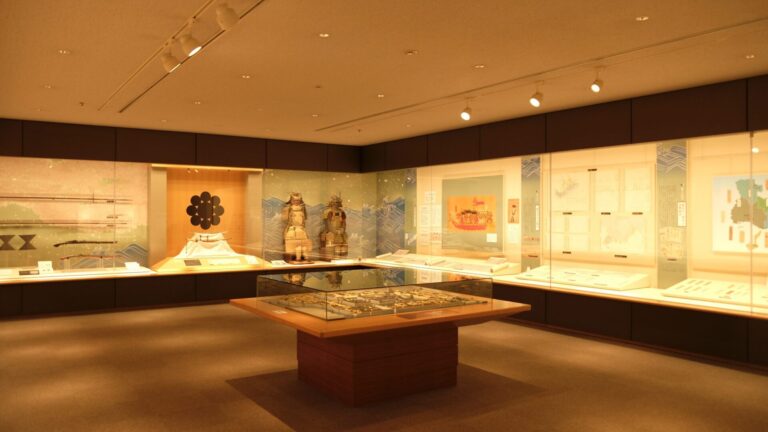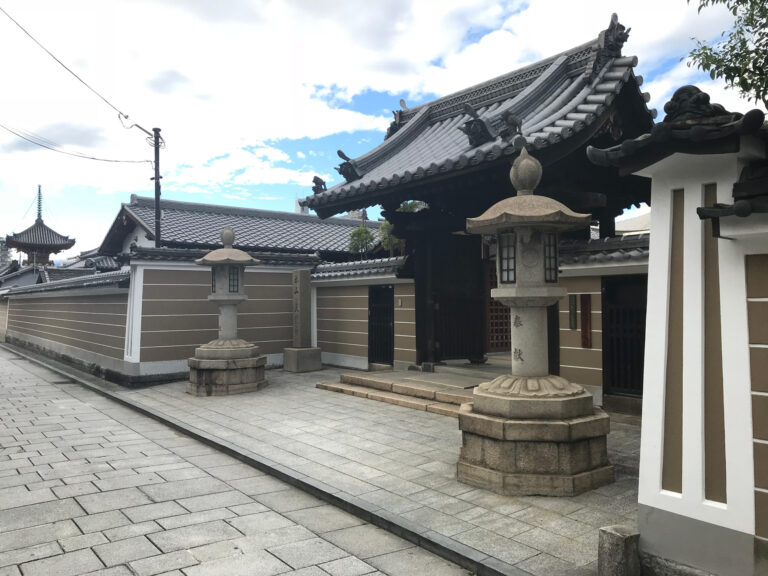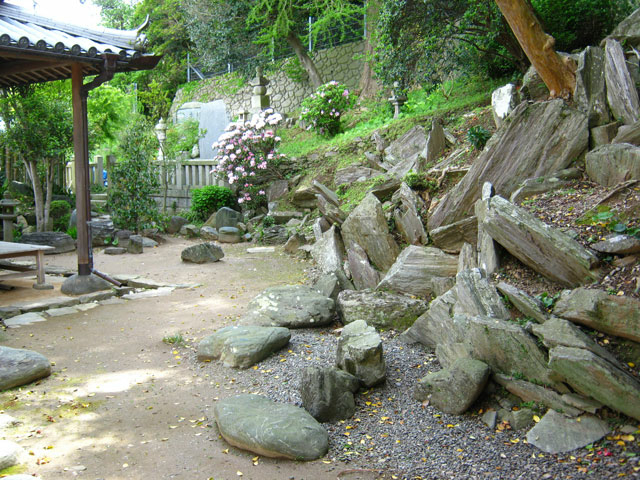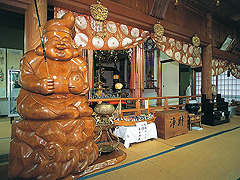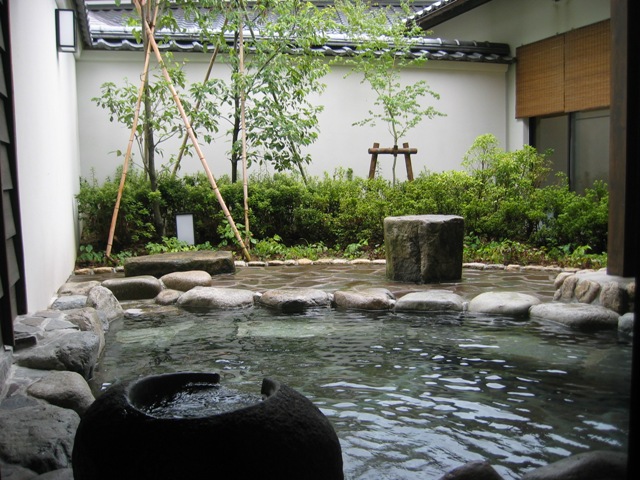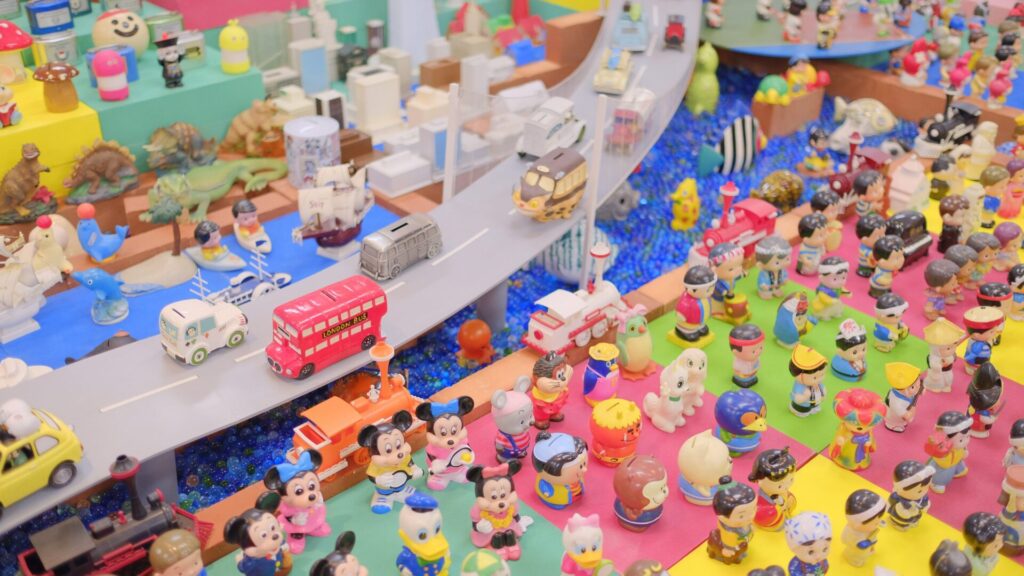
A must-visit spot when you come to Amagasaki: the World Piggy Bank Museum. It houses an astonishing collection of 25,000 piggy banks from all over the world, past and present. This time, we’ll introduce the “World Piggy Bank Museum,” where you can take a trip around the world through piggy banks. From children to adults, it’s sure to excite and delight!
Once you step inside, you’ll be greeted by a huge number of piggy banks packed into every corner.
This unique museum, dedicated to piggy banks, was originally established based on a personal collection gathered by an employee of Amagasaki Shinkin Bank as a hobby.
It now houses 25,000 piggy banks from 62 countries around the world—including Japan, Europe, the Americas, Asia, and the Middle East—spanning from ancient times to the present day.
Among publicly accessible piggy bank museums, it is said to be one of the largest in the world in both quantity and quality.
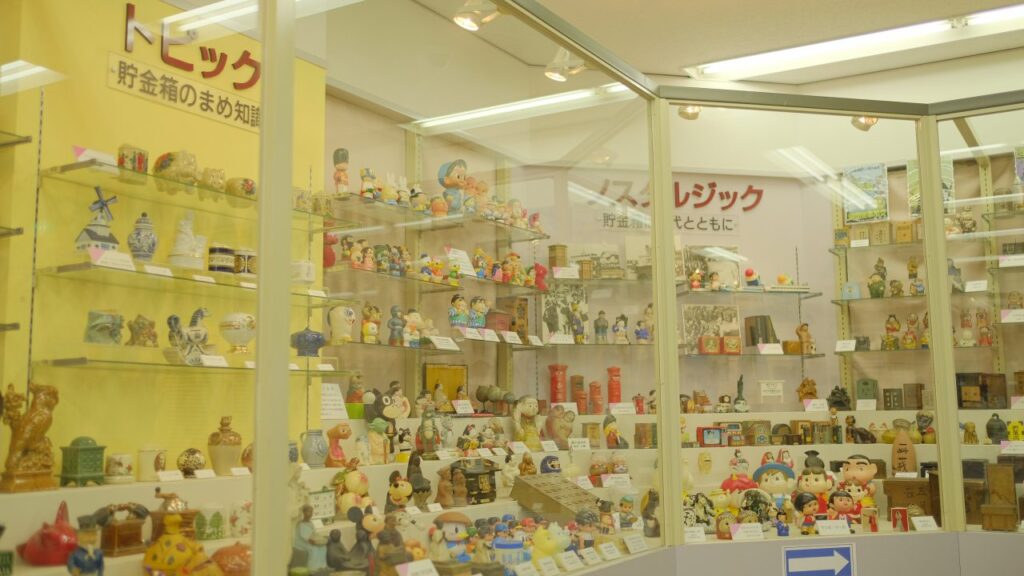
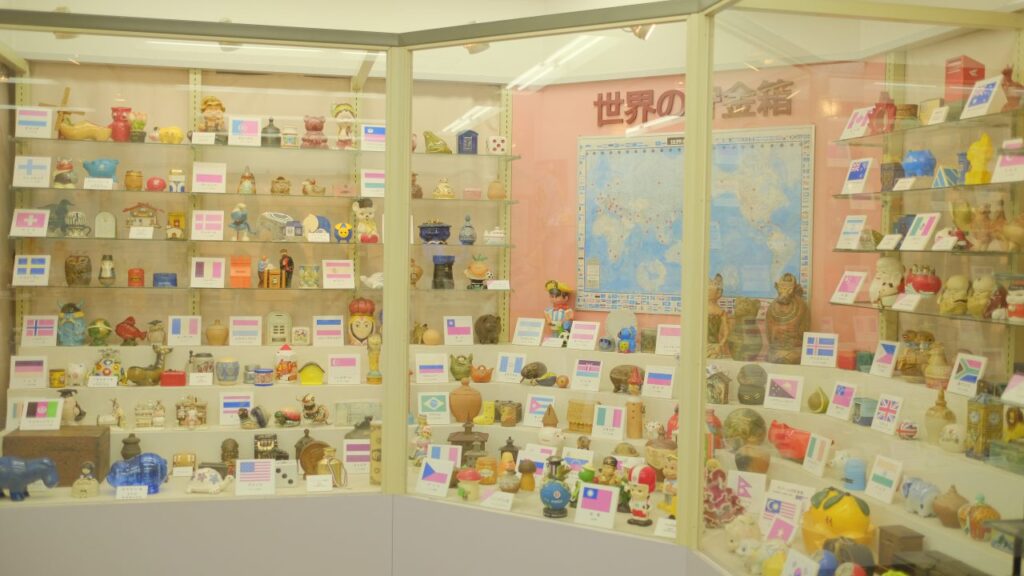
The exhibits are spread across 12 sections on the 1st~2nd floors.
From the history of piggy banks to culturally themed designs from around the world and nostalgic, retro-style piggy banks, this is a place that both children and adults can enjoy.

The “Tamanī Bank” piggy bank. When you insert a coin, it slowly drops into the official’s pocket. Once the coin is in, the official slowly nods in approval, as if saying “Yes, yes.” Wait a minute—isn’t this something we’re not supposed to be doing!? Don’t miss the suspiciously ambiguous look on his face!
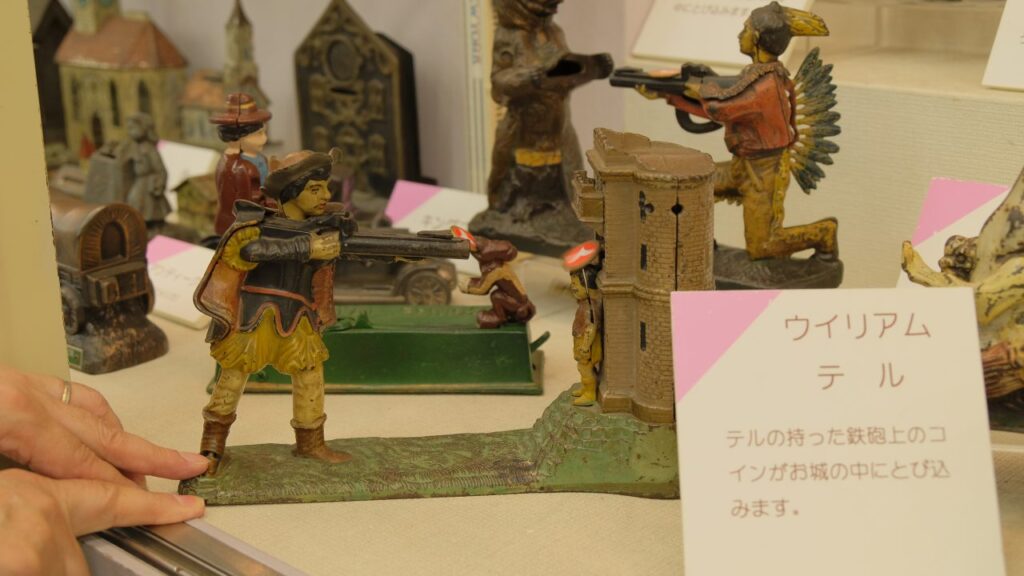
This piggy bank is themed after the play William Tell. A coin placed on Tell’s rifle is launched into the castle. With such a cleverly designed piggy bank, saving money feels like fun!
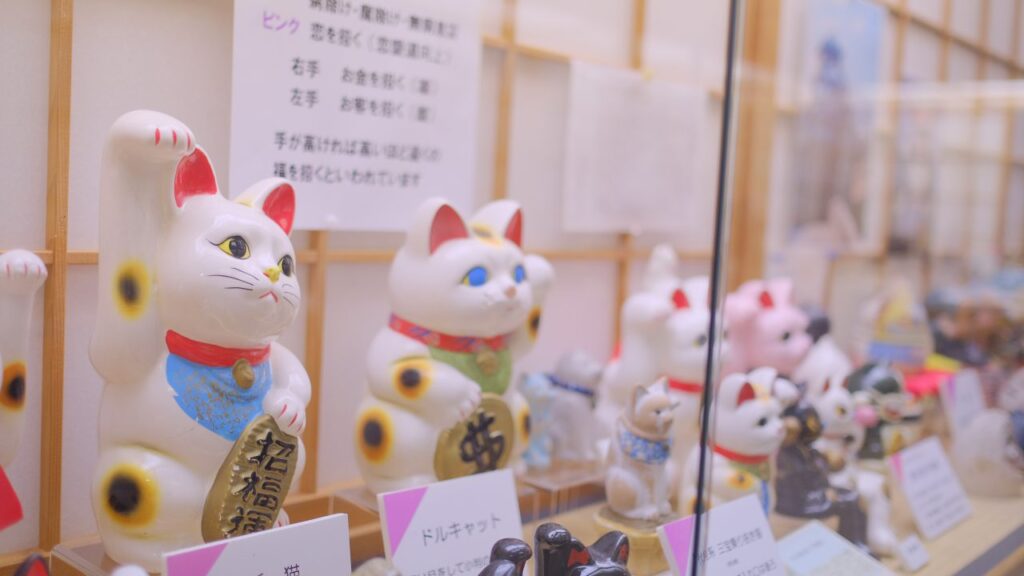
In the “Made in Japan” section, you’ll find a collection of lucky beckoning cats (Maneki-neko).
Being watched by so many adorable kitties is sure to bring you good fortune all day long!
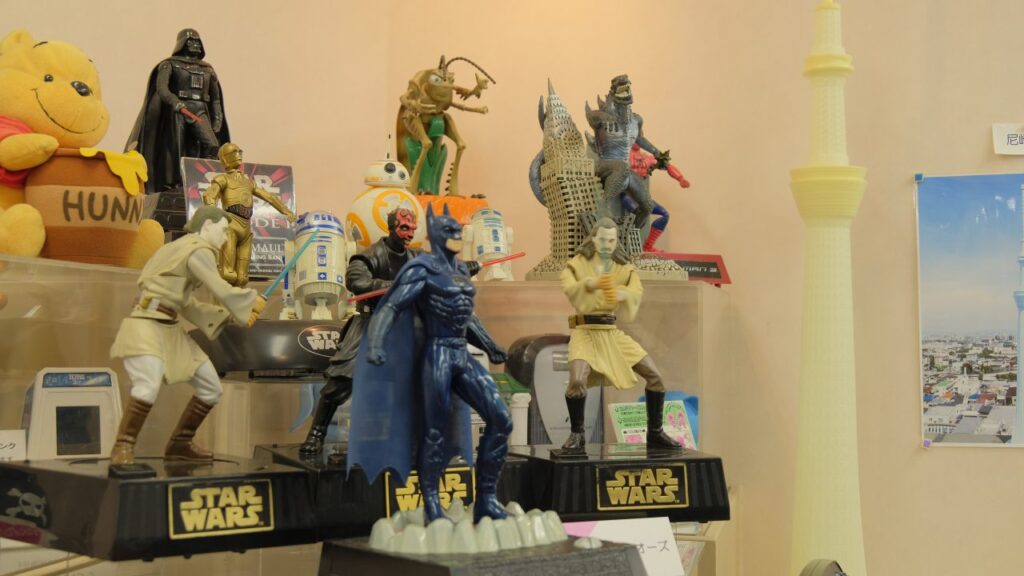
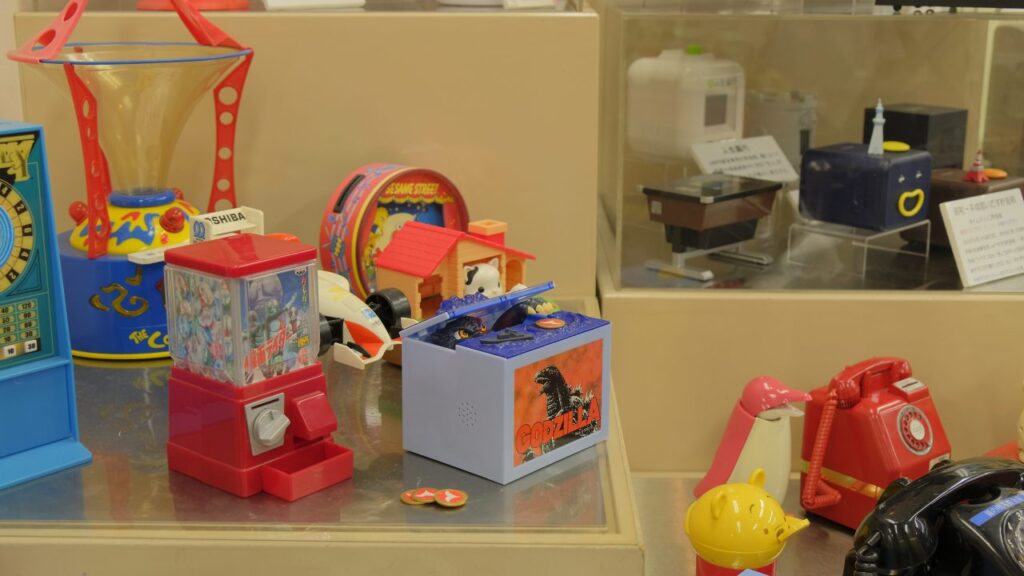
This is the mechanical piggy bank section. Insert a coin, and it lights up, moves, or makes sounds! There’s even a mysterious piggy bank where the coin seems to vanish—leaving you in awe. If we had piggy banks like these when we were kids, we probably would’ve saved a lot more money!
Discover the world’s cultures through piggy banks!
"The piggy banks from Europe and America often come with locks, while Japanese ones typically require breaking them to retrieve the money," explains the museum director. "Breaking something can feel psychologically uncomfortable, right? This may reflect a cultural difference—whereas in Western Europe piggy banks often served as vessels for donations, in Japan they emerged purely as tools for steadily saving money over time."
I see—now that you mention it, all the piggy banks I had also had to be broken to get the money out. (But when there was something I really wanted... I always ended up breaking them halfway through.)
The museum director shared so many fascinating “Wow!” facts about the history of piggy banks and how different cultures think about saving money. I feel like I’ve gotten a whole lot smarter!
Wait—those characters were made into piggy banks too!?
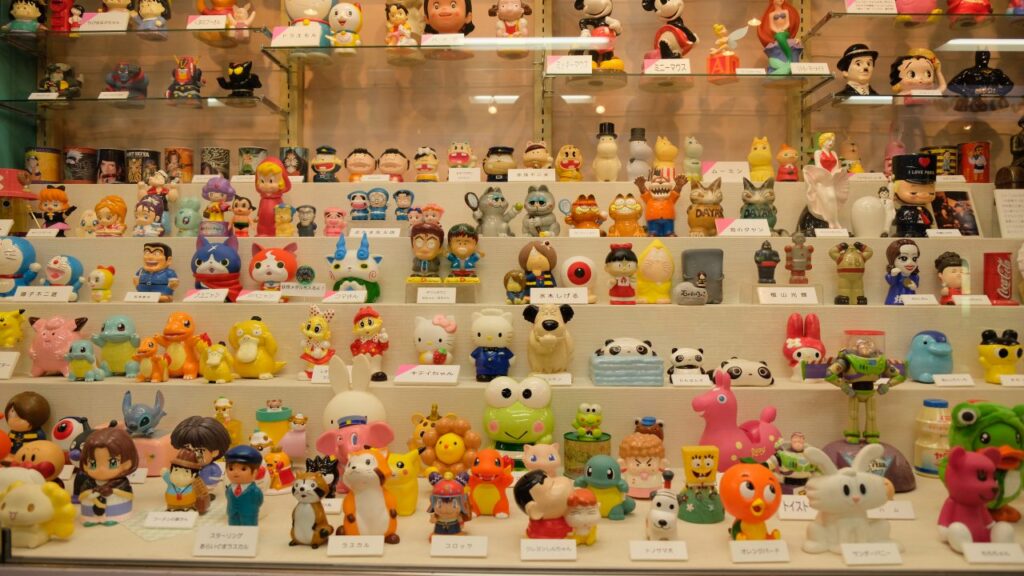
Head up to the second floor, and you’ll find a whole collection of character-themed piggy banks!
In true Amagasaki fashion, there are even piggy banks of the comedy duo Downtown!
(Who knew such piggy banks existed!?)
Oh! I totally remember this character! I used to see them all the time!
From nostalgic character piggy banks of the past to today’s popular anime characters still on air, it’s a fun-filled time that parents and children can enjoy together!
A kingdom made entirely of piggy banks — Piggy Bank Land
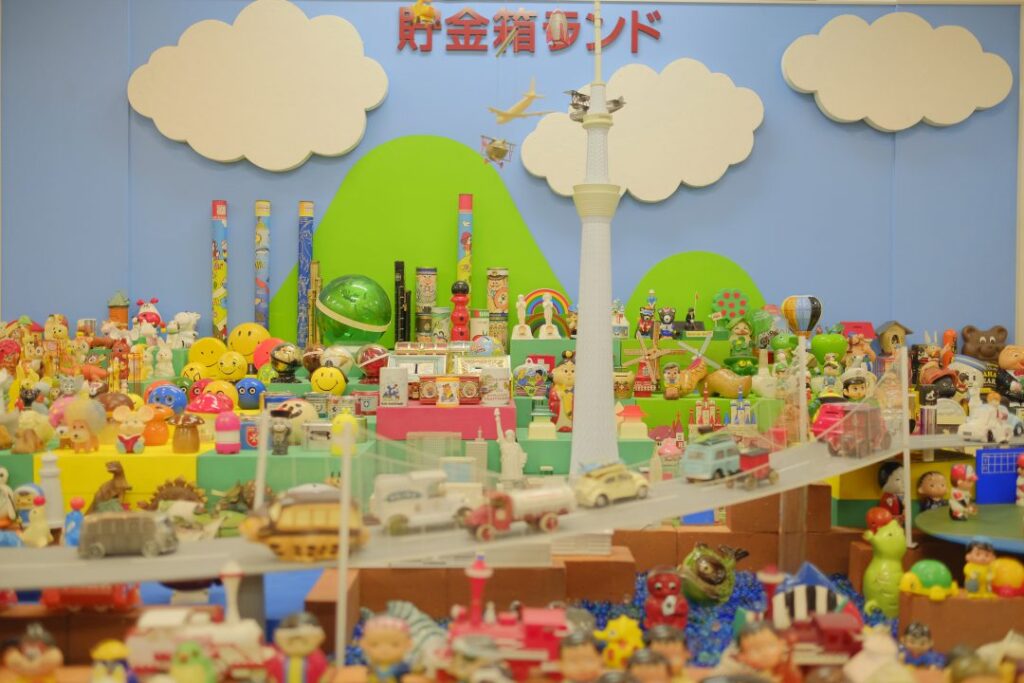
This is Piggy Bank Land, a colorful world that looks just like a toy kingdom! Look closely, and you’ll see it even tells a story. It’s amazing how a whole kingdom tale can be created using only piggy banks—there are truly so many different kinds!
It might be fun to imagine the stories that these piggy banks are telling.
Admission is free, and it’s just a 5-minute walk from Hanshin Amagasaki Station—making it the perfect spot to explore while strolling around the area. Be sure to also check out the Amashin Hall next door, which is also operated by Amagasaki Shinkin Bank!

